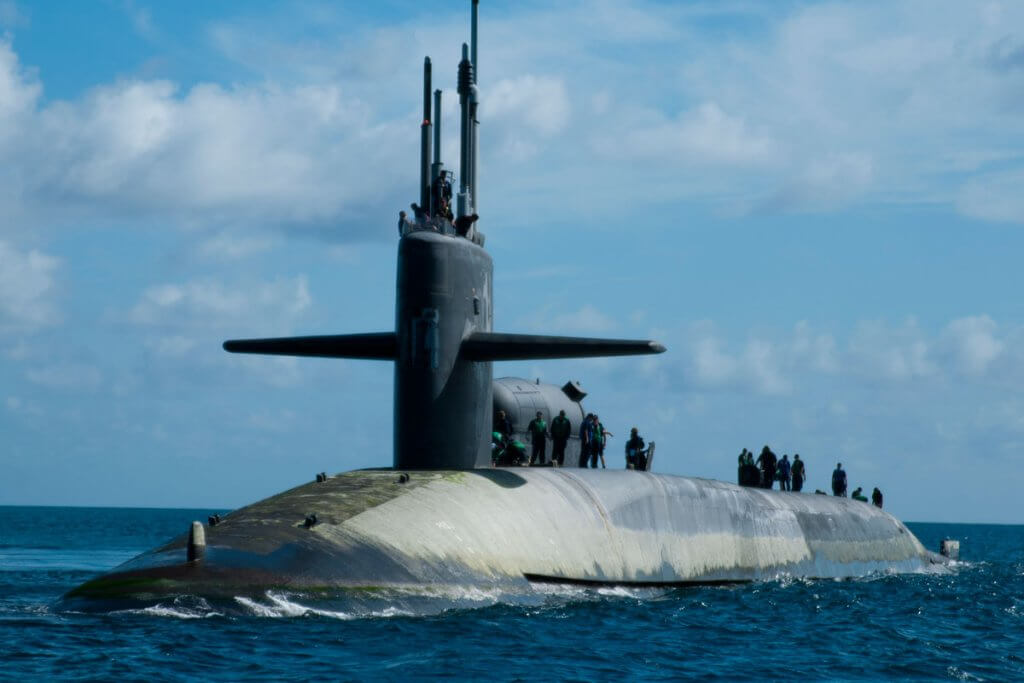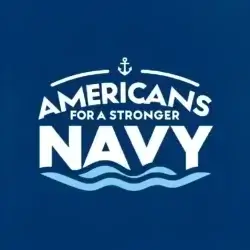
Background
The nuclear-powered guided-missile submarine USS Ohio recently arrived at Subic Bay in the Philippines, underscoring America’s commitment to allies and to a free and open Indo-Pacific. Capable of launching up to 154 Tomahawk cruise missiles, Ohio is one of the most formidable strike platforms in the U.S. arsenal. Its appearance follows the deployment of China’s newest aircraft carrier, CNS Fujian, which has been conducting tests near Hainan Island.
The port call at Subic Bay—once the U.S. Navy’s largest overseas base—comes at a time when maritime disputes between China and the Philippines have escalated, especially around contested waters in the South China Sea.
Why This Matters
The U.S. Navy’s submarine force remains one of the most credible deterrents against Chinese naval ambitions. Analysts note that American submarine capability is seen as the primary threat vector for the People’s Liberation Army Navy (PLAN). While China invests heavily in anti-submarine warfare, the U.S. maintains the advantage in stealth, firepower, and global reach.
By positioning Ohio at Subic Bay, the U.S. highlights the strategic role of the Philippines within the First Island Chain—a defensive line stretching from Japan through Taiwan and the Philippines into the South China Sea. This network of alliances forms the geographic anchor of American naval strategy in the Pacific.
Implications for the Navy
For the U.S. Navy, forward deployment of submarines in contested waters provides:
- Flexible strike capability: Rapid response to crises with precision-guided weapons.
- Special operations support: Stealth platforms for insertion of SEALs or Marine units.
- Strategic messaging: Visible reassurance to allies and a reminder to Beijing that the U.S. retains unmatched undersea dominance.
The routine but highly symbolic visit to Subic Bay reflects a balance between operational necessity and diplomatic signaling. Whether or not Ohio conducts exercises with the Philippine Navy, its very presence strengthens deterrence.
Implications for Our Allies
For the Philippines, hosting Ohio marks another step in strengthening defense ties with Washington after years of uncertainty. For Australia—where Ohio also made a port call earlier this year—the deployment aligns with AUKUS ambitions to enhance collective submarine capability. Together, these moves demonstrate that the U.S. Navy is not acting alone, but rather as part of a broader coalition determined to counter coercion and preserve maritime freedom.
Why Americans Should Care
The South China Sea is not a distant problem—it is one of the busiest shipping lanes in the world. Roughly one-third of global trade, including vital energy supplies and consumer goods bound for American shores, flows through these waters. If China were to dominate or restrict access, the ripple effects would hit American families and industries directly.
Maintaining a credible U.S. Navy presence in the Indo-Pacific is about more than military balance—it is about protecting the lifelines of our economy and ensuring peace through strength.
That’s why we launched Charting the Course: Voices That Matter — a 24-part educational series breaking down how we got here, what went wrong, and what must happen next. Our goal is simple: educate the public, connect the dots, and build the support needed to close the readiness gap before it’s too late.
Let’s roll.

